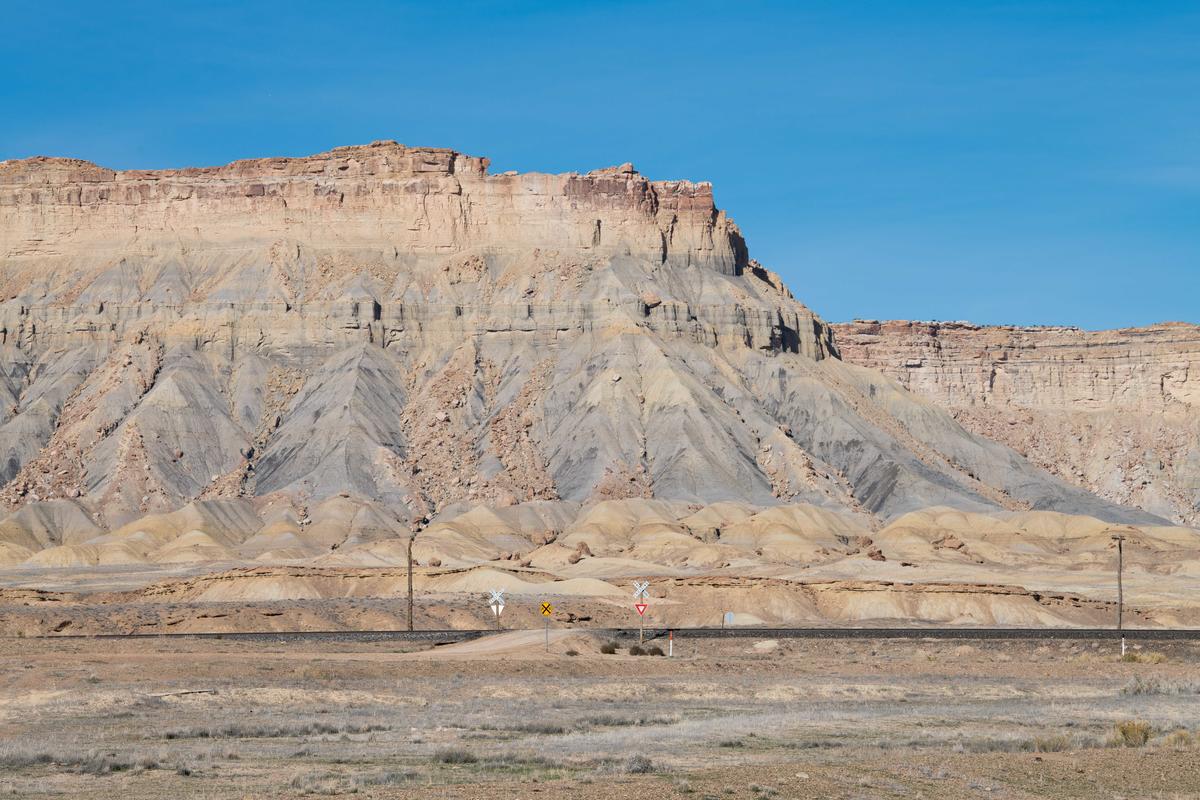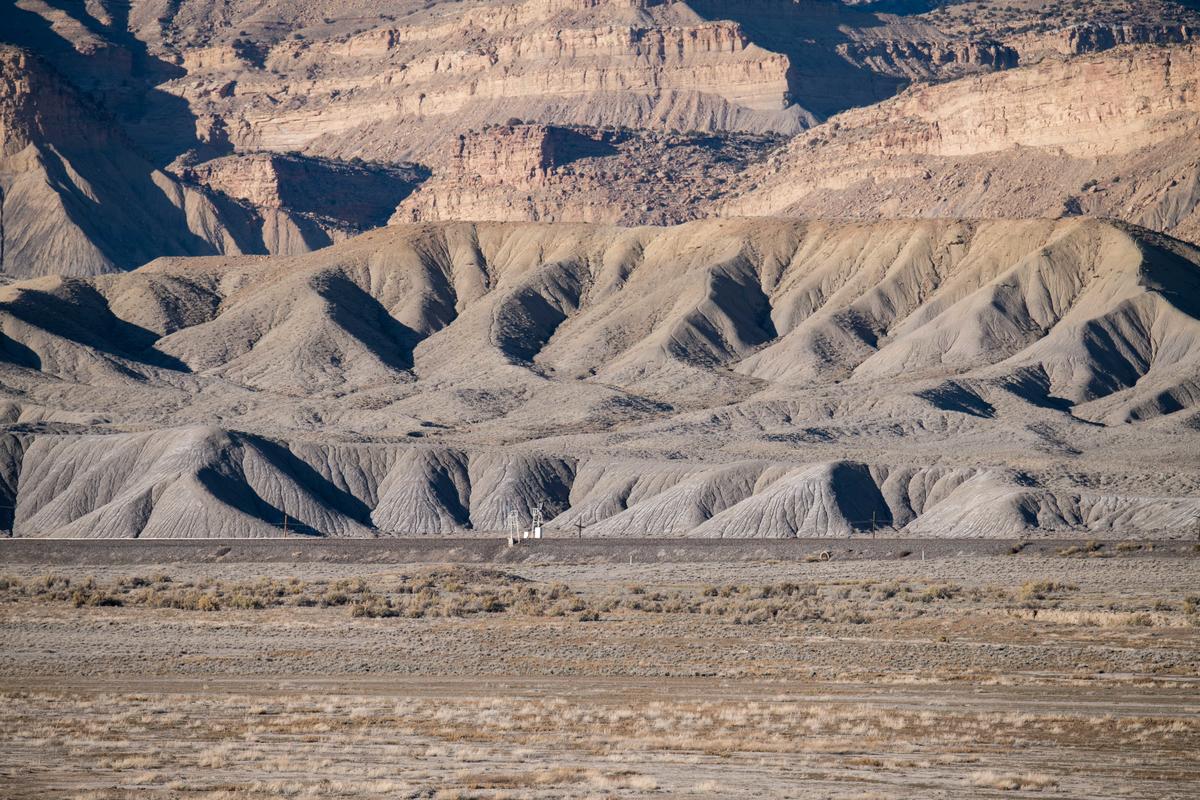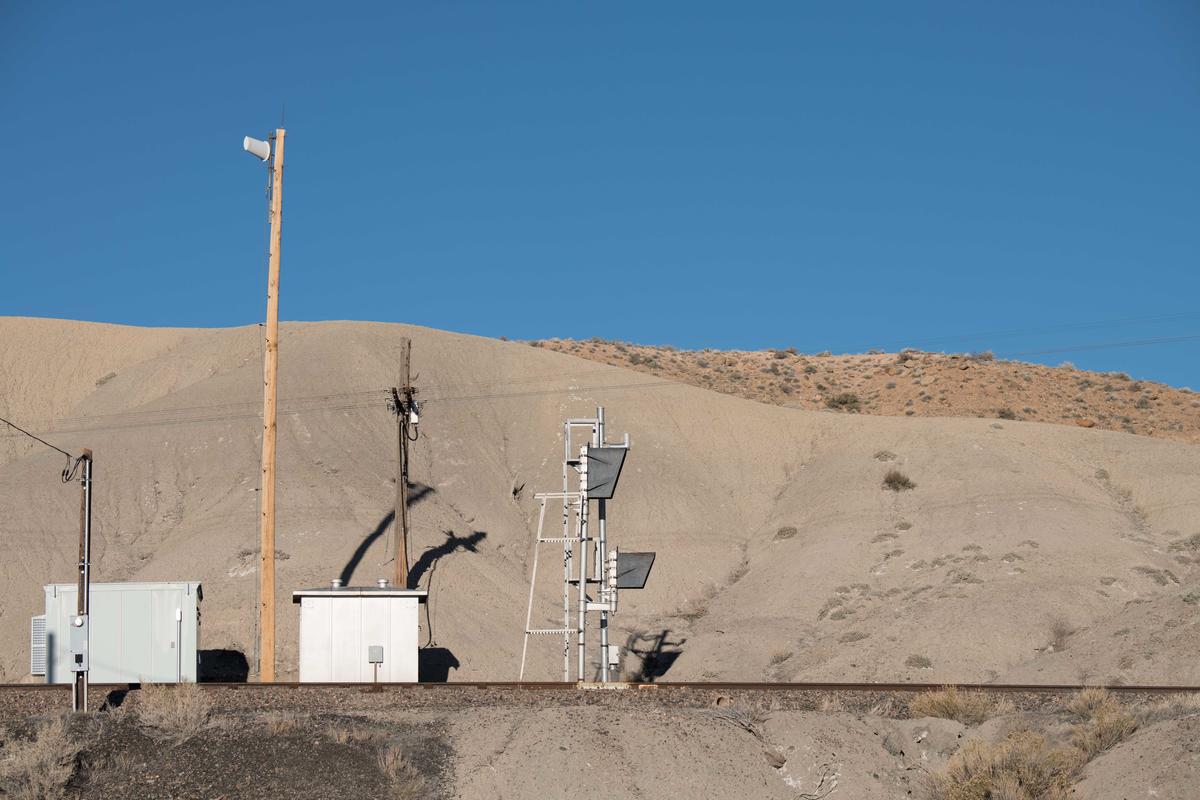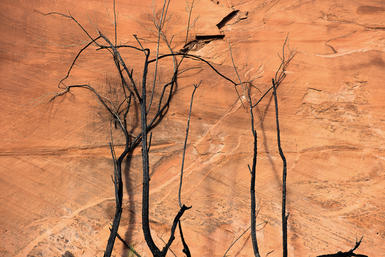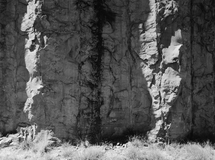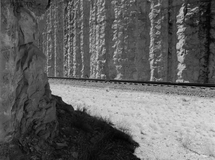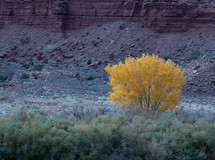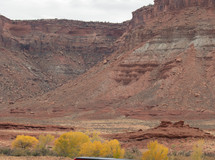Thompson Spring, Utah 4
Here we go. Not the last but the next to last of a run on the pictures from Thompson Spring, Utah I made in 2010.
Let's get down to it.

Where have we been so far? Abandoned, decayed, for sale, empty, depopulated, discarded, disregarded and neglected. Can you imagine my coming across this? The building, a warehouse or a garage of some kind, so clean and pristine, as though new, the light skidding across its surface, the elegant curve of the roof, the slightly off-center squares of windows, the delicate lace of the tree's branches, the blue blue sky. I could have been struck dead right there and then and died a happy man. This picture is a present, offered as a relief. For me, this is one heroic image. It is hard to say, but if not placed here, in the context of the other photographs in the series, it could be dismissed as well. Can something be made stronger and more beautiful by the context in which it is placed? I don't ask for much more from photography than something like this gift from time to time.
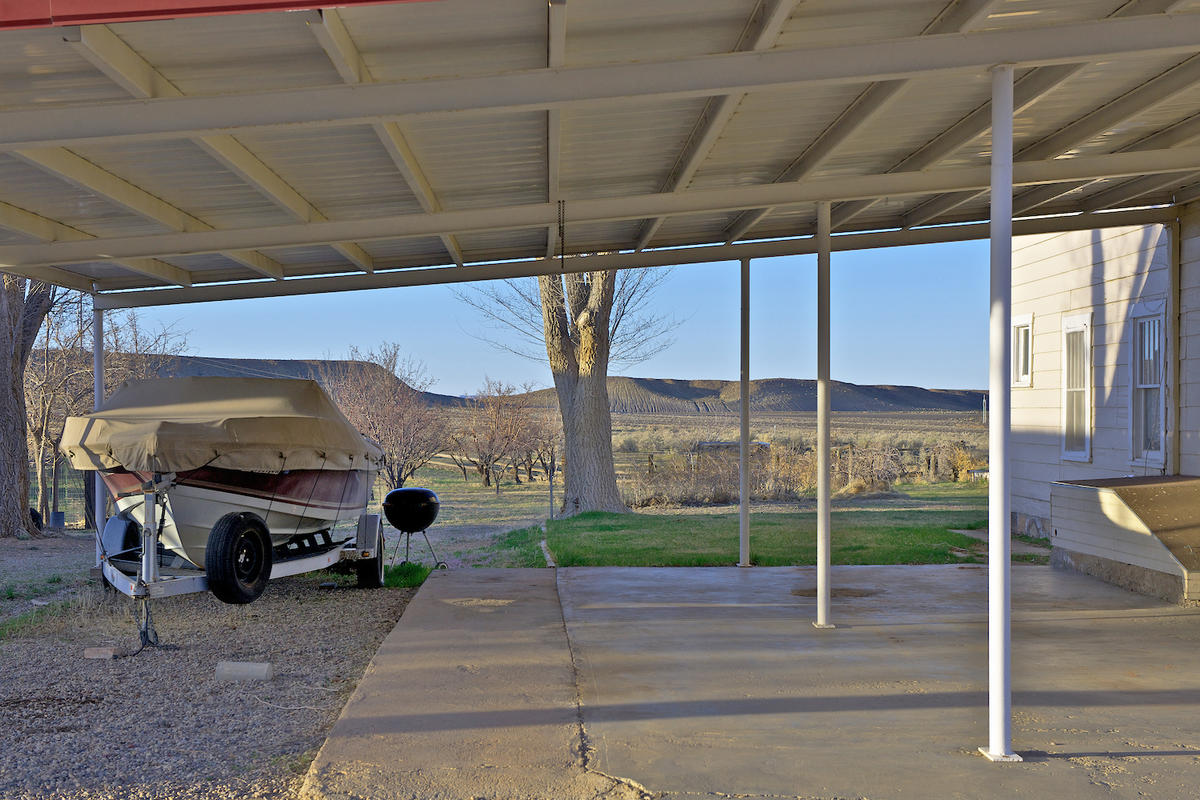
For all the openness and unfiltered boldness of the previous photograph, this one is a little more subtle, nuanced and intricate. Work your way through the foreground, to the covered boat and Weber grill, to a few gorgeous fruit trees, through to the distance and we have our first picture with a background that is important, the hills on the other side of the valley. Notice the framing, tight on the left and right, containing the picture and pushing you through it. This is what a very wide lens does to a space when the camera is held dead level. The content can look deceptively normal but then why would those three support columns pull back so or why would the building on the right have such strongly converging parallels?
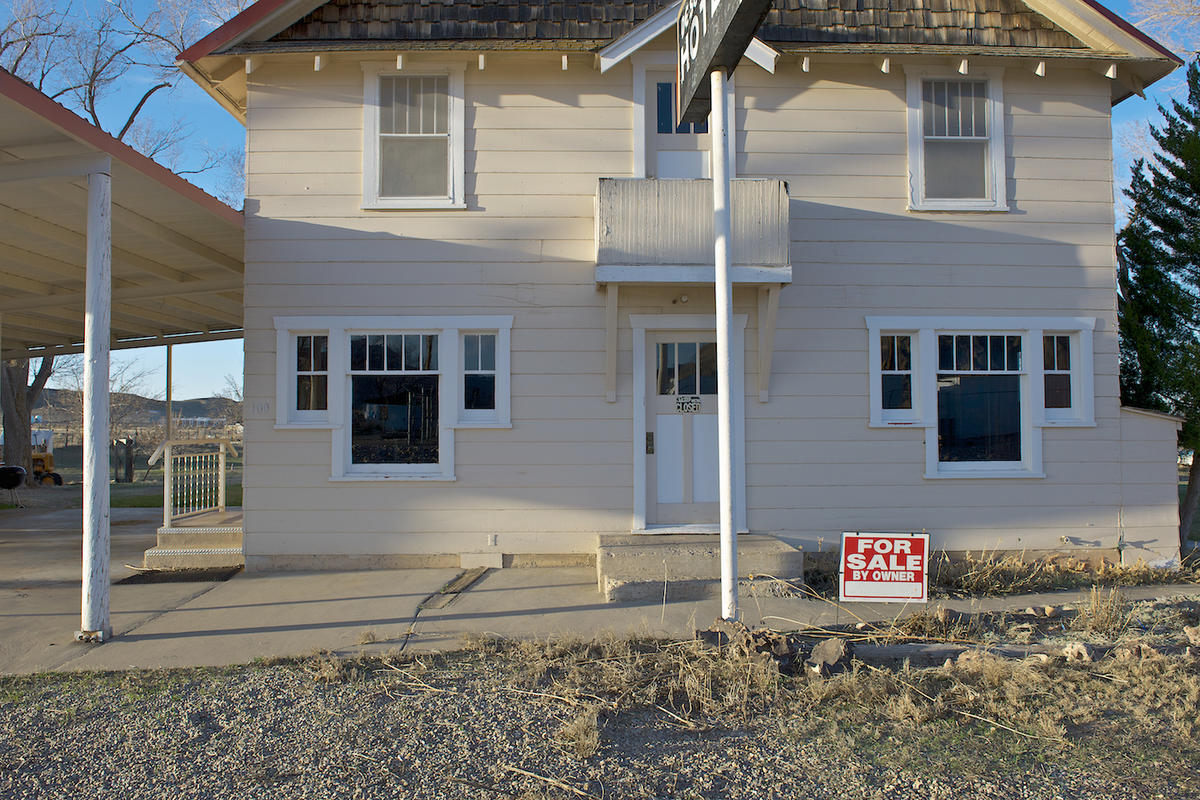
Step to the right and we see now what that huge canopy was connected to and we see it all is for sale. We've really been away from the original content in the series here for a while, haven't we? The difficult issue of the abandoned buildings and the ghost town character of Thompson Spring. Although still in this small town in Utah, we went to the aesthetic, to photographs in their own right, a different chapter perhaps, an offshoot of our original intention. Well, here we're back. This is a hotel for sale and we can predict why. This has us thinking back to the earlier ones in the series; the gas station, the house, and the motel.
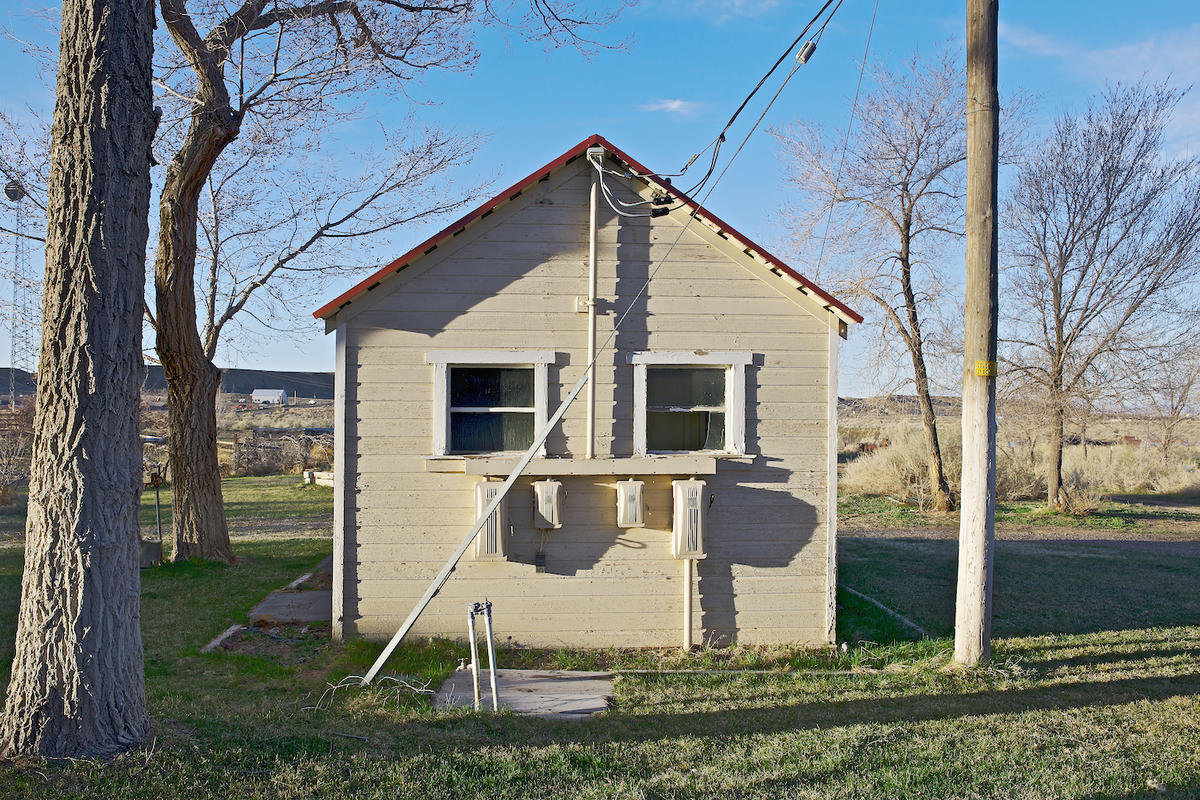
This one goes off script a little, perhaps mimicking the structure of the picture that proceeded it, but in miniature, though more open and less full framed, letting this little shack, tool shed, snack bar(?) sit there bathed in light, looking a little forlorn and neglected.
Let me revisit how I try to make these pictures work with each other. Remember: you can't unsee what you've seen, can't unlearn what you've learned. Of course, its easiest to think of this working in pairs, like the hotel for sale picture and this one. But it is vastly more complicated, isn't it, as the photographs read both as a whole portfolio and as a narrative with subplots, chapters, highs and lows, a rhythm and pace as well as a beginning, middle and an end.
So, we're getting to the finish but we have some circling back to our origins to do and I will finish these in Thompson Spring 5.
Stay tuned

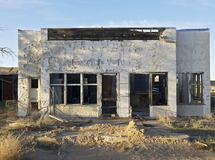
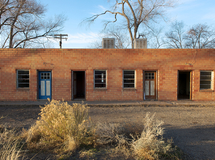
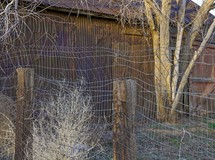

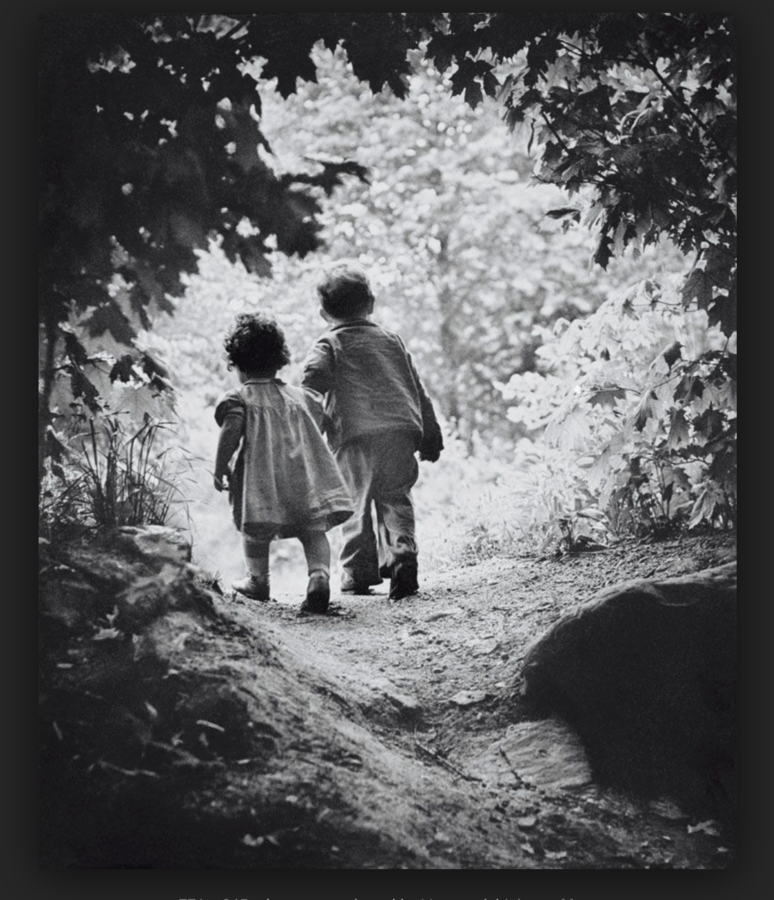 Credit: Pinterest
Credit: Pinterest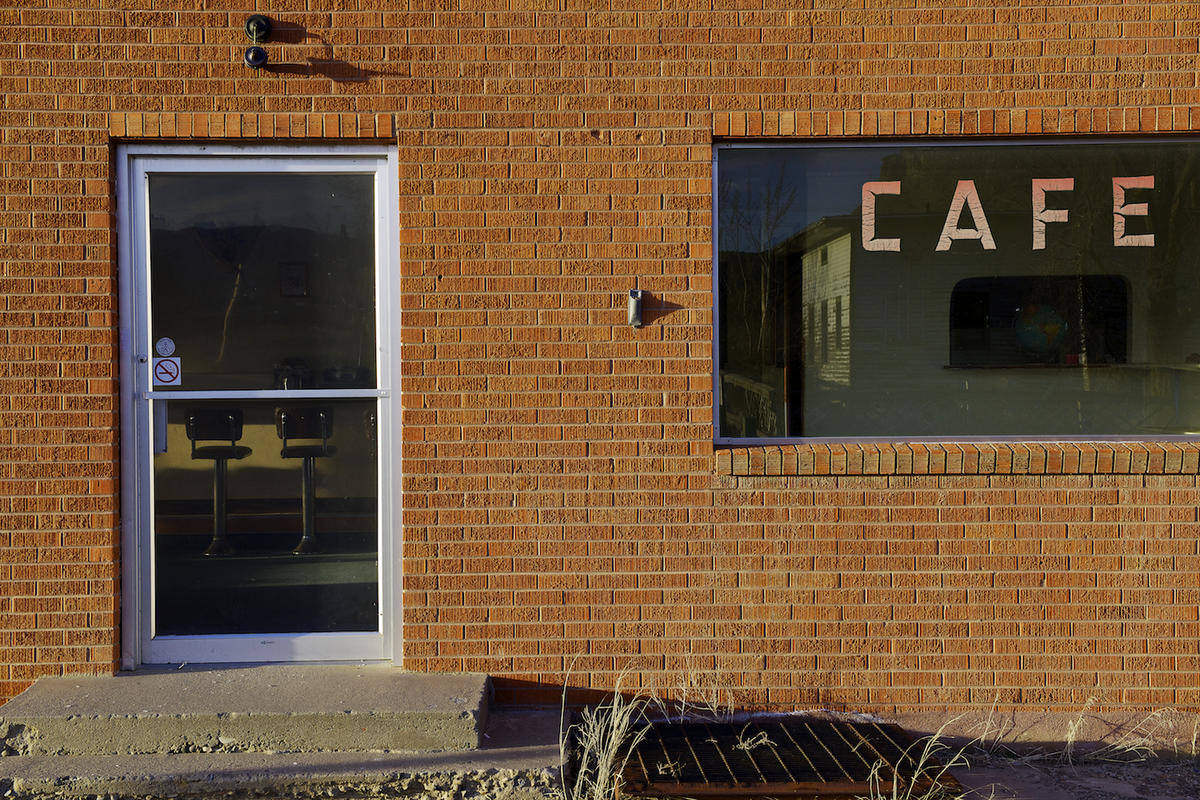

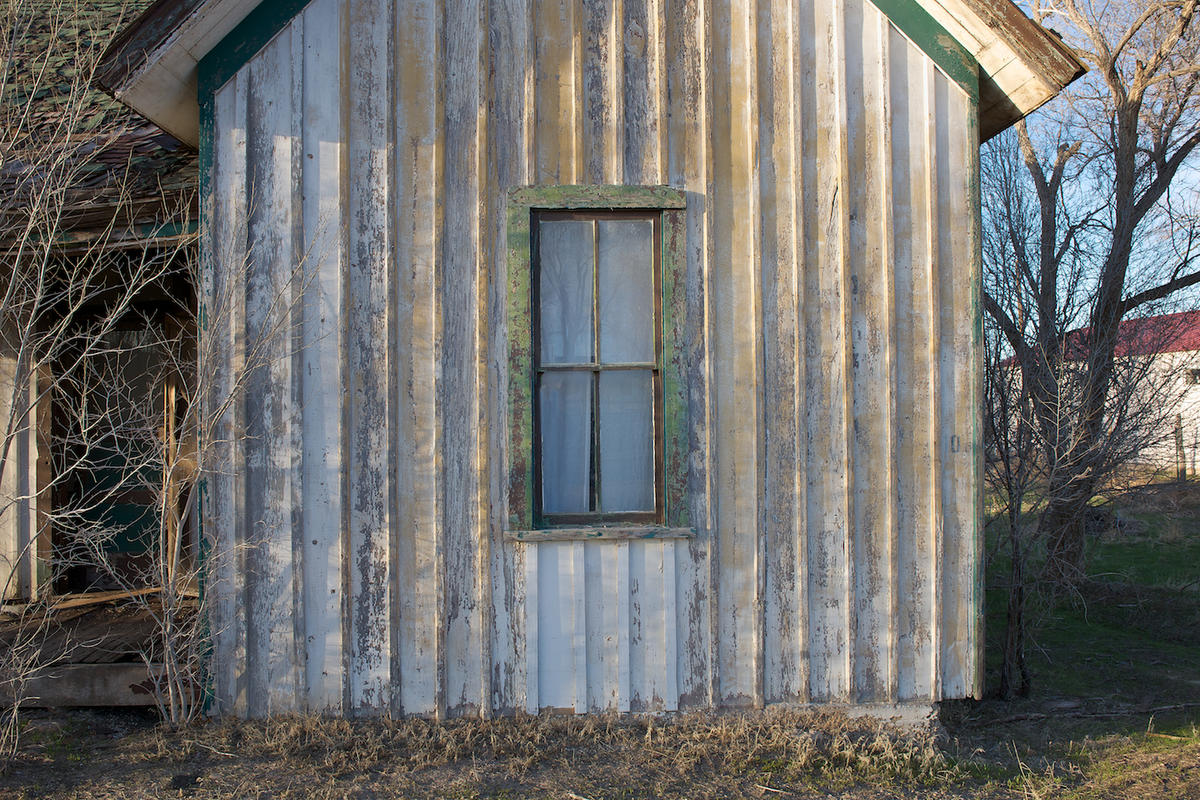 moving in closer and focusing on the light skidding across that ribbed wall framed by the single window with a closed curtain inside. Not the first time I'd moved in to isolate something I felt strongly about.
moving in closer and focusing on the light skidding across that ribbed wall framed by the single window with a closed curtain inside. Not the first time I'd moved in to isolate something I felt strongly about.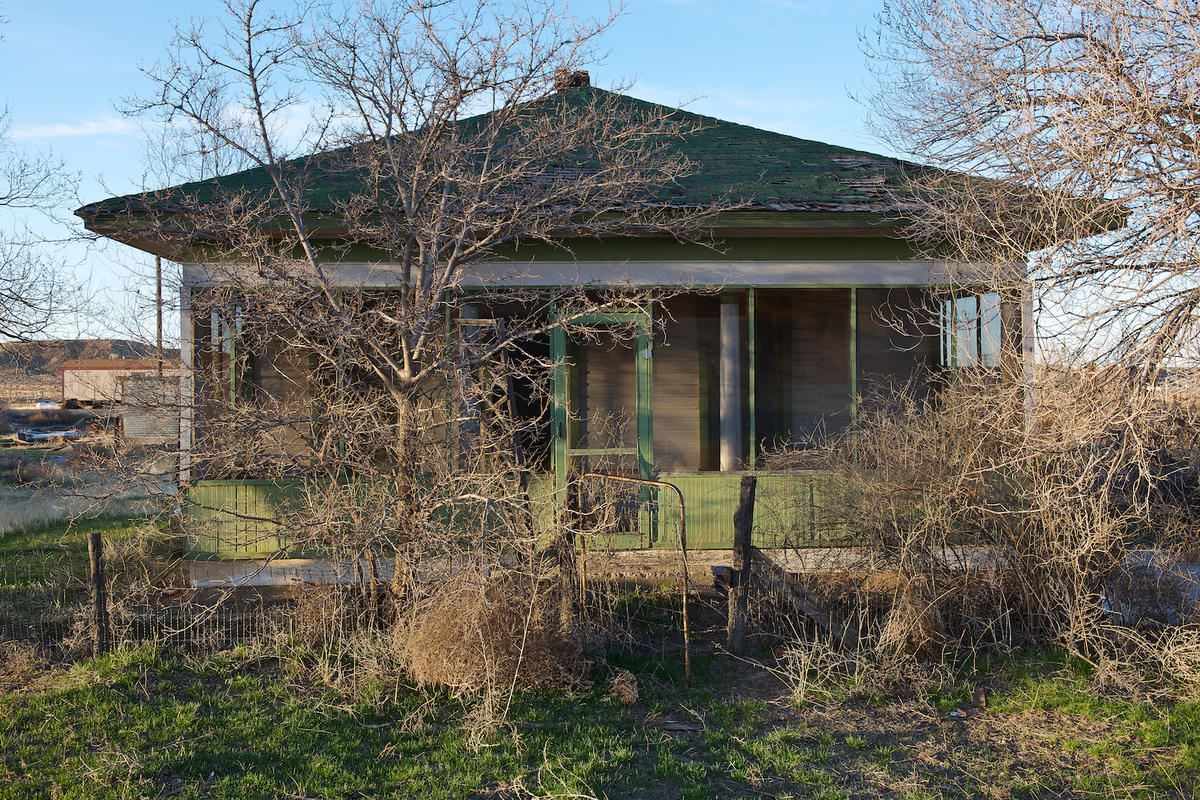
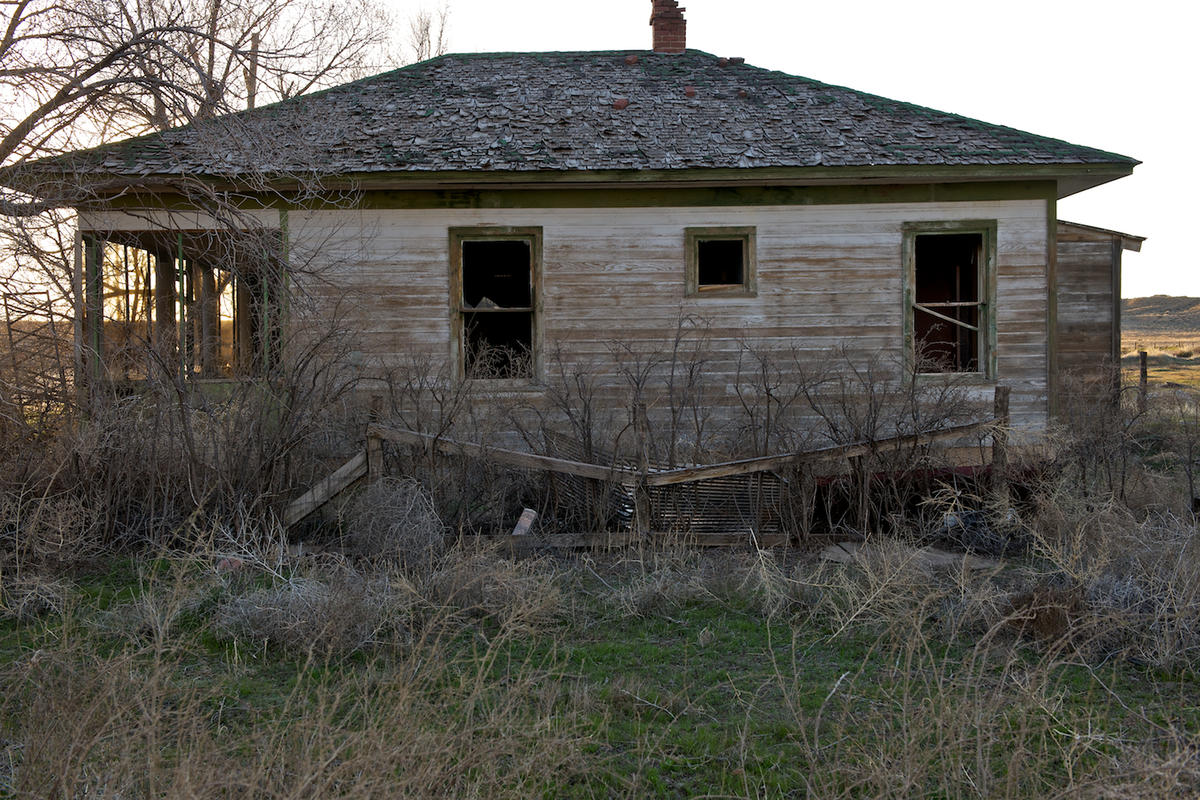
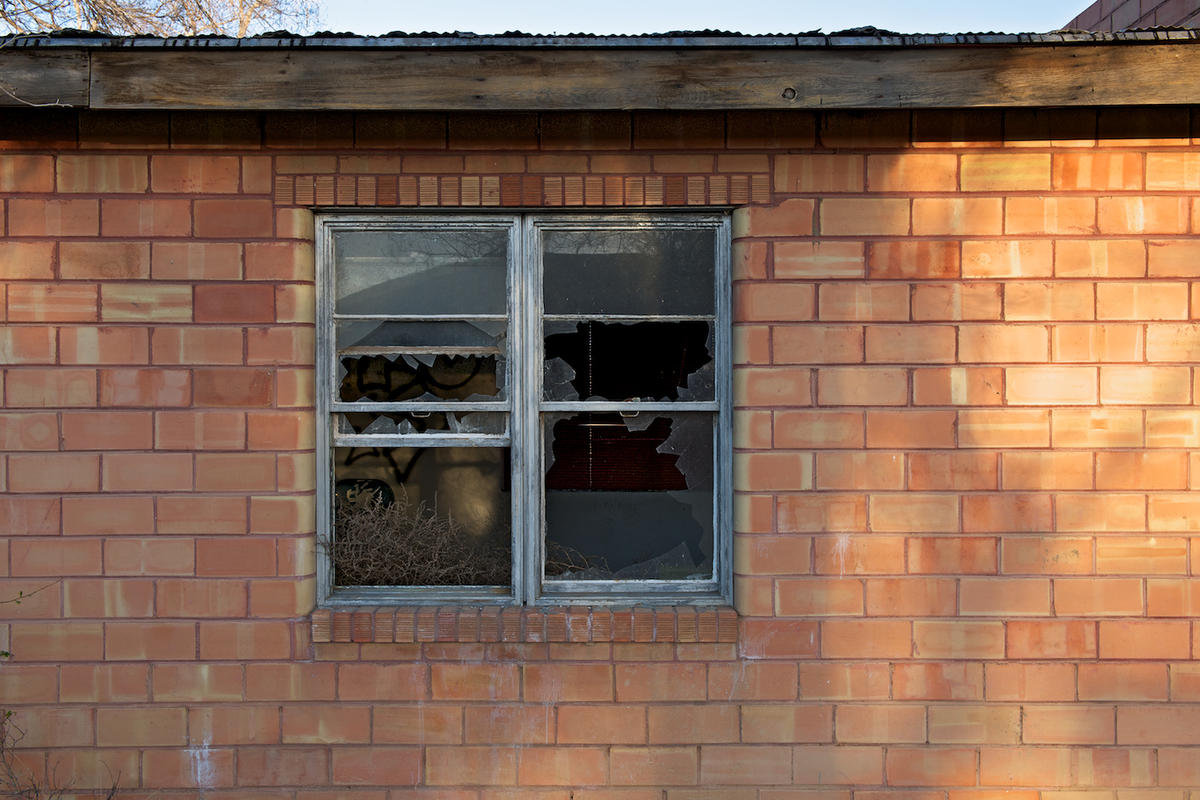

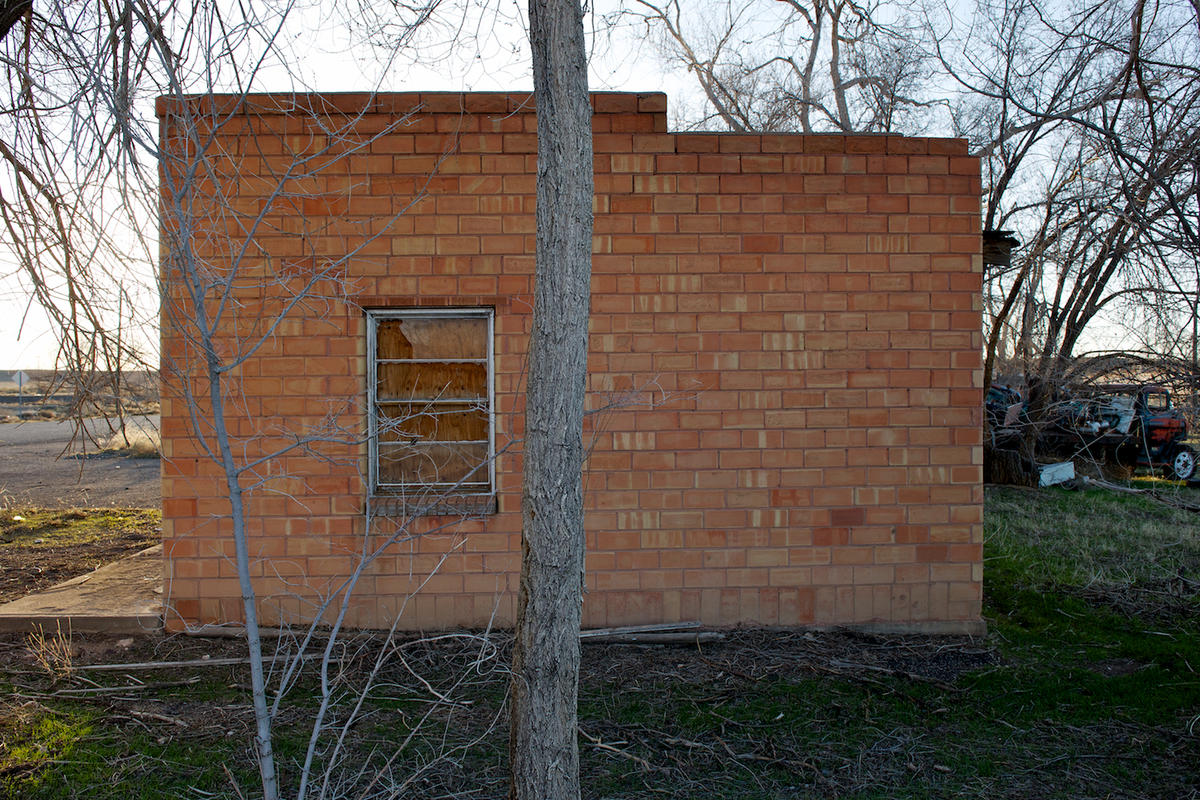
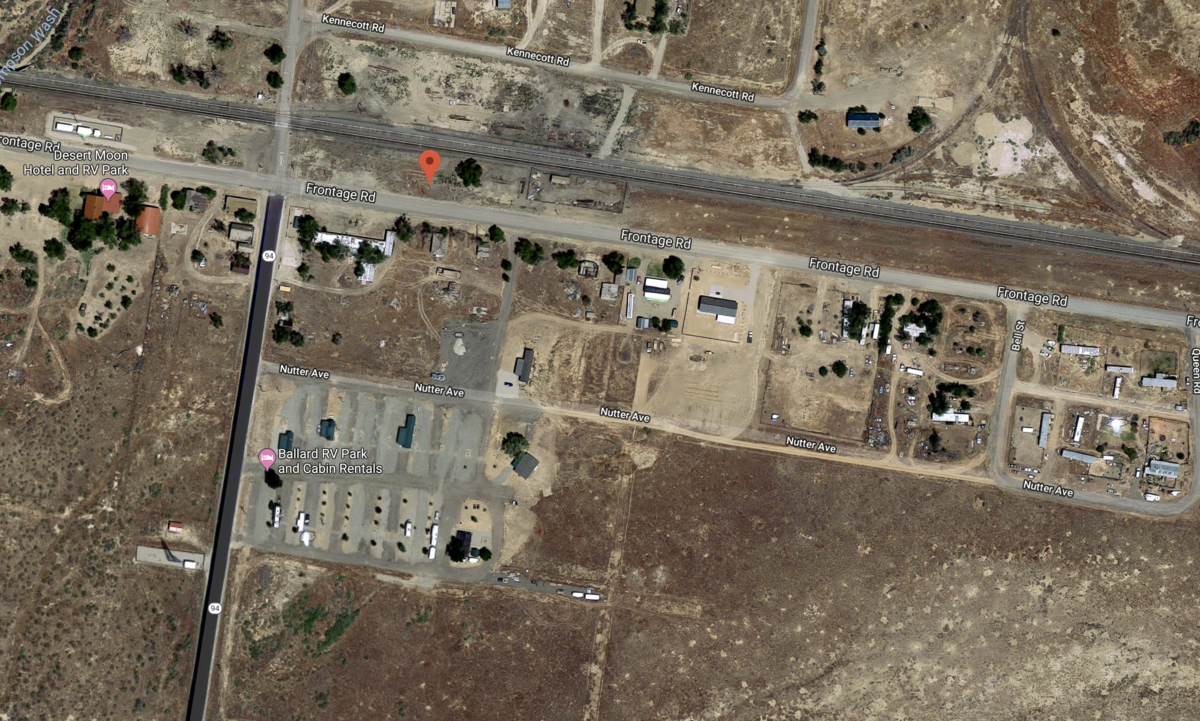
 2010
2010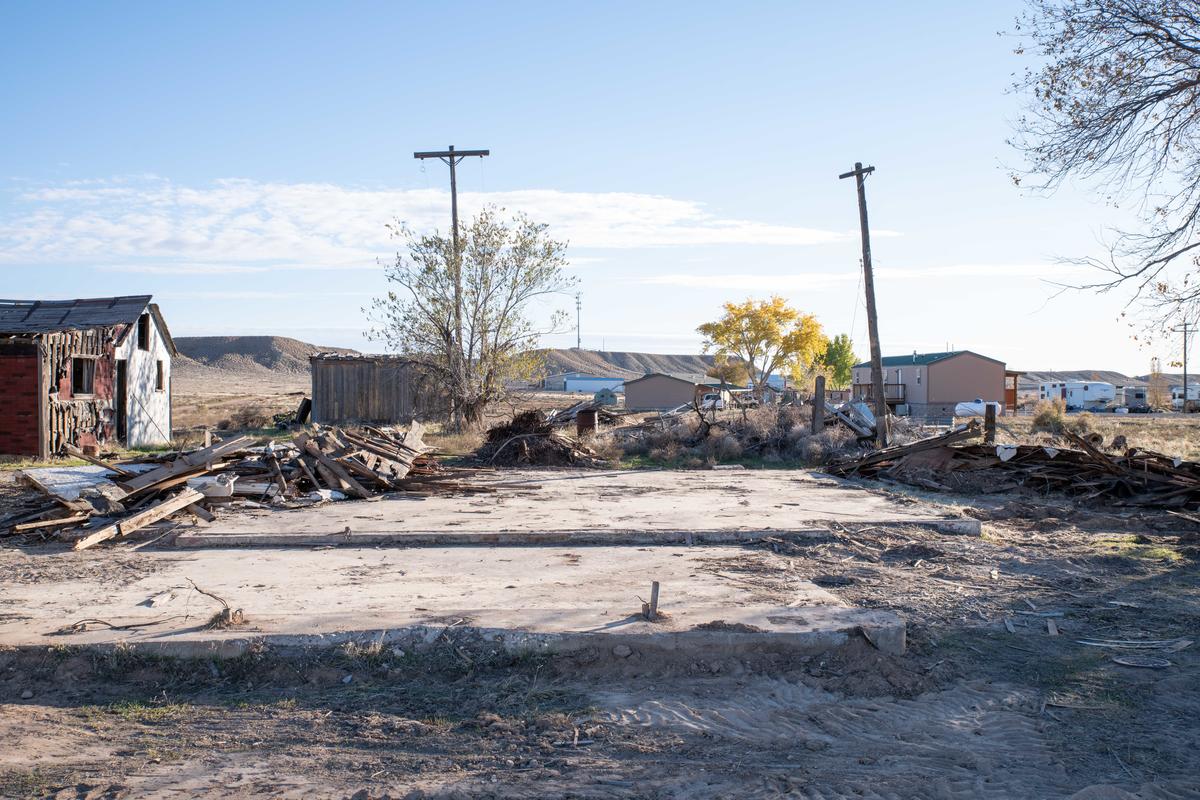 2018
2018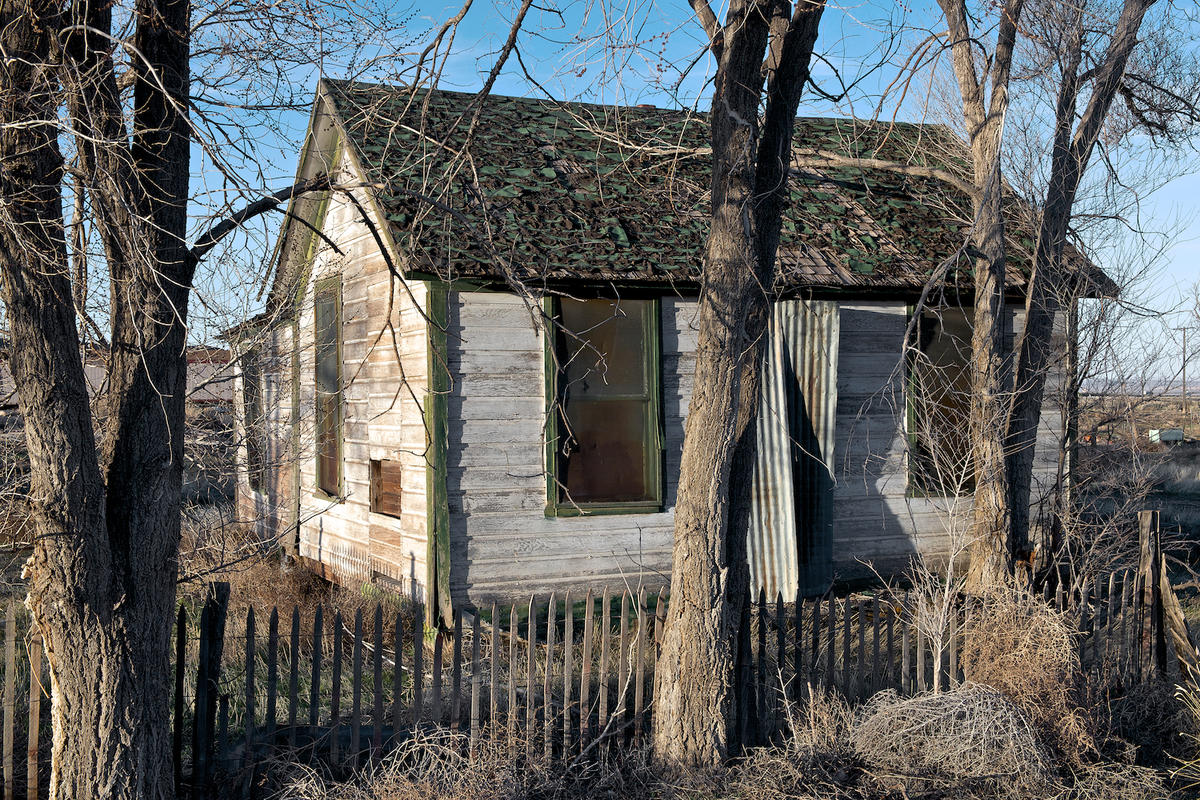
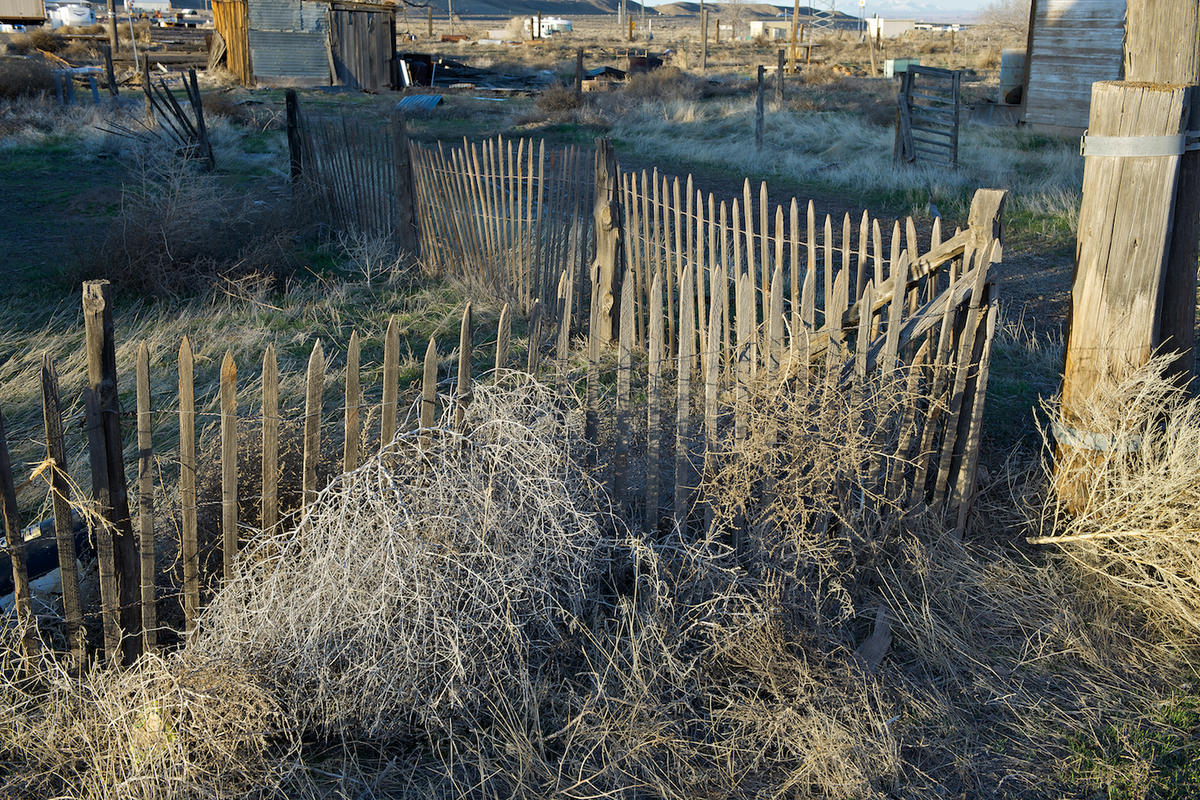
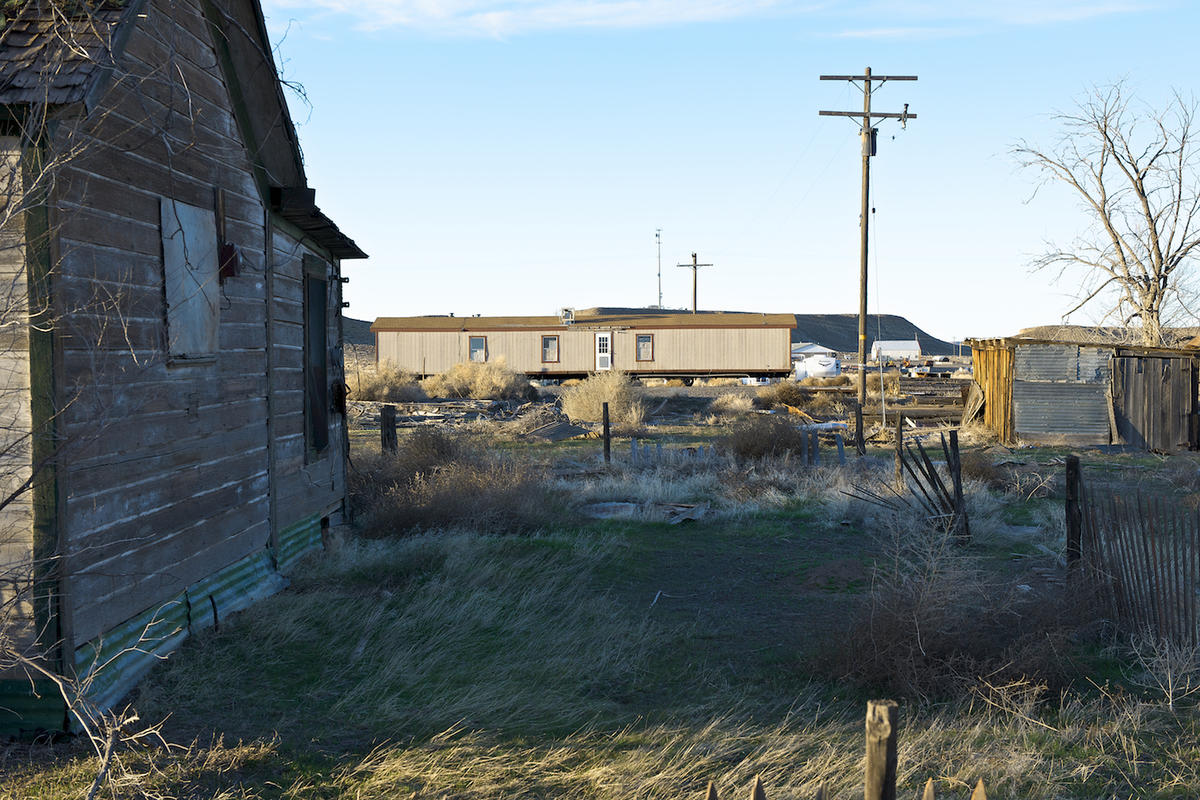

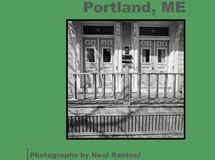

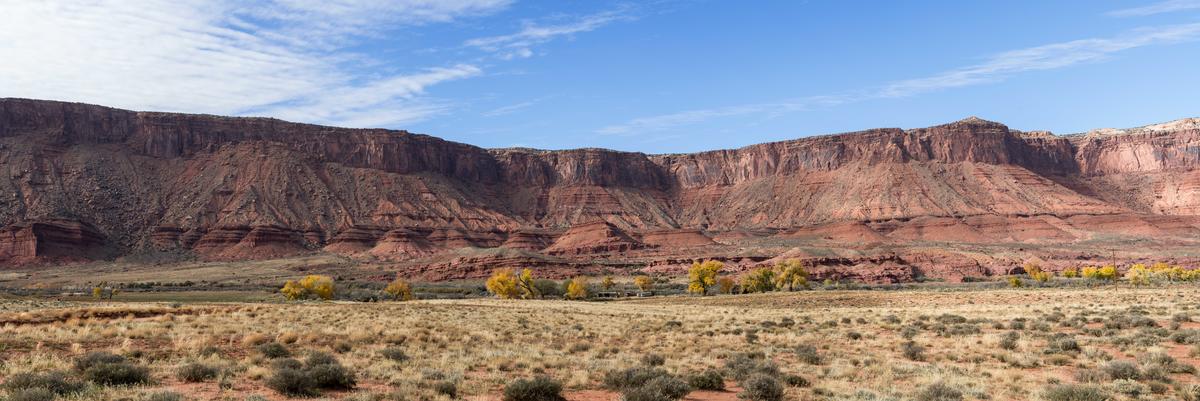

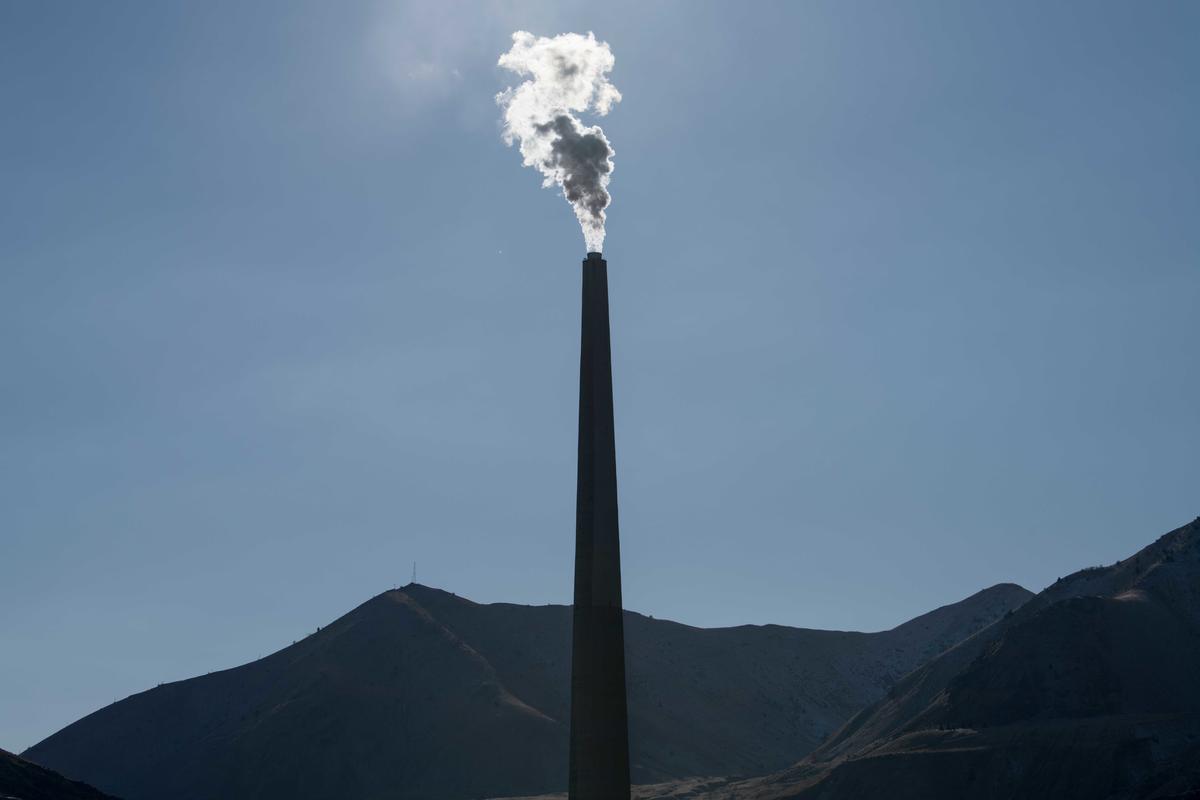
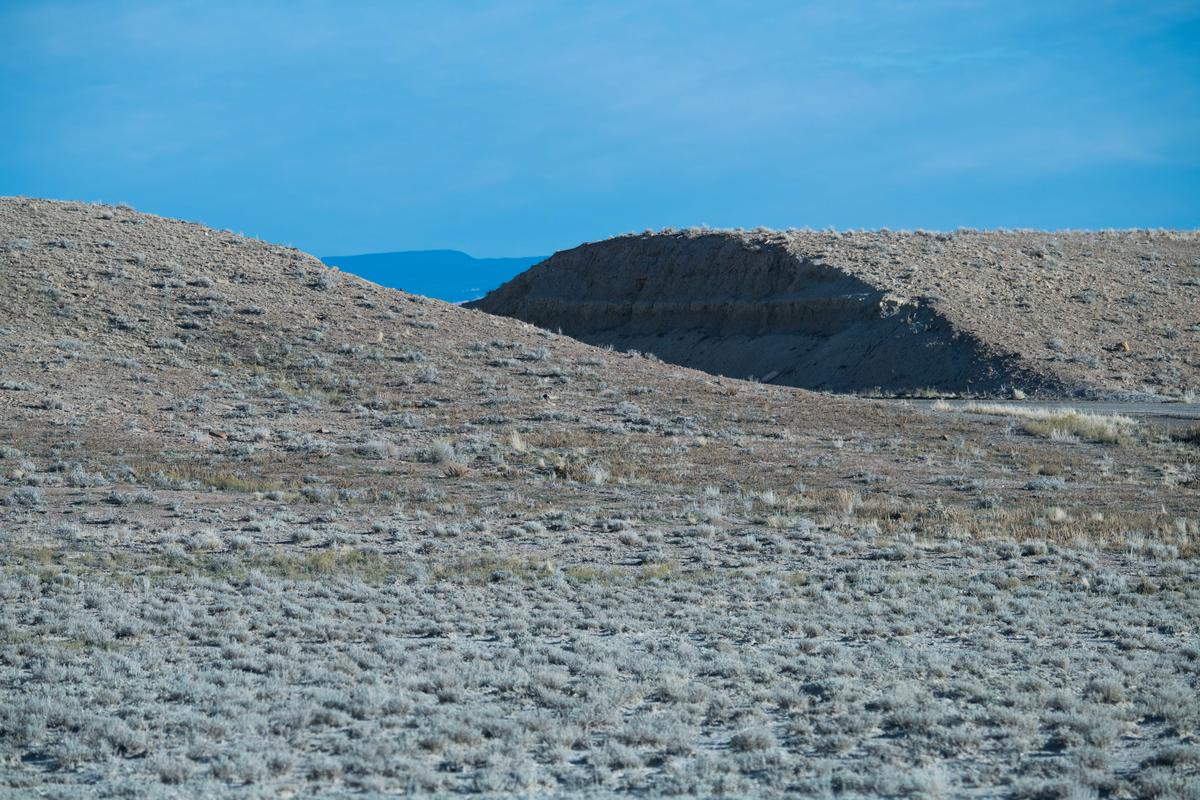 I have some history of doing this. Last winter's "Washed Out" from Malibu, CA made pictures that were distinctly not pretty (
I have some history of doing this. Last winter's "Washed Out" from Malibu, CA made pictures that were distinctly not pretty (
